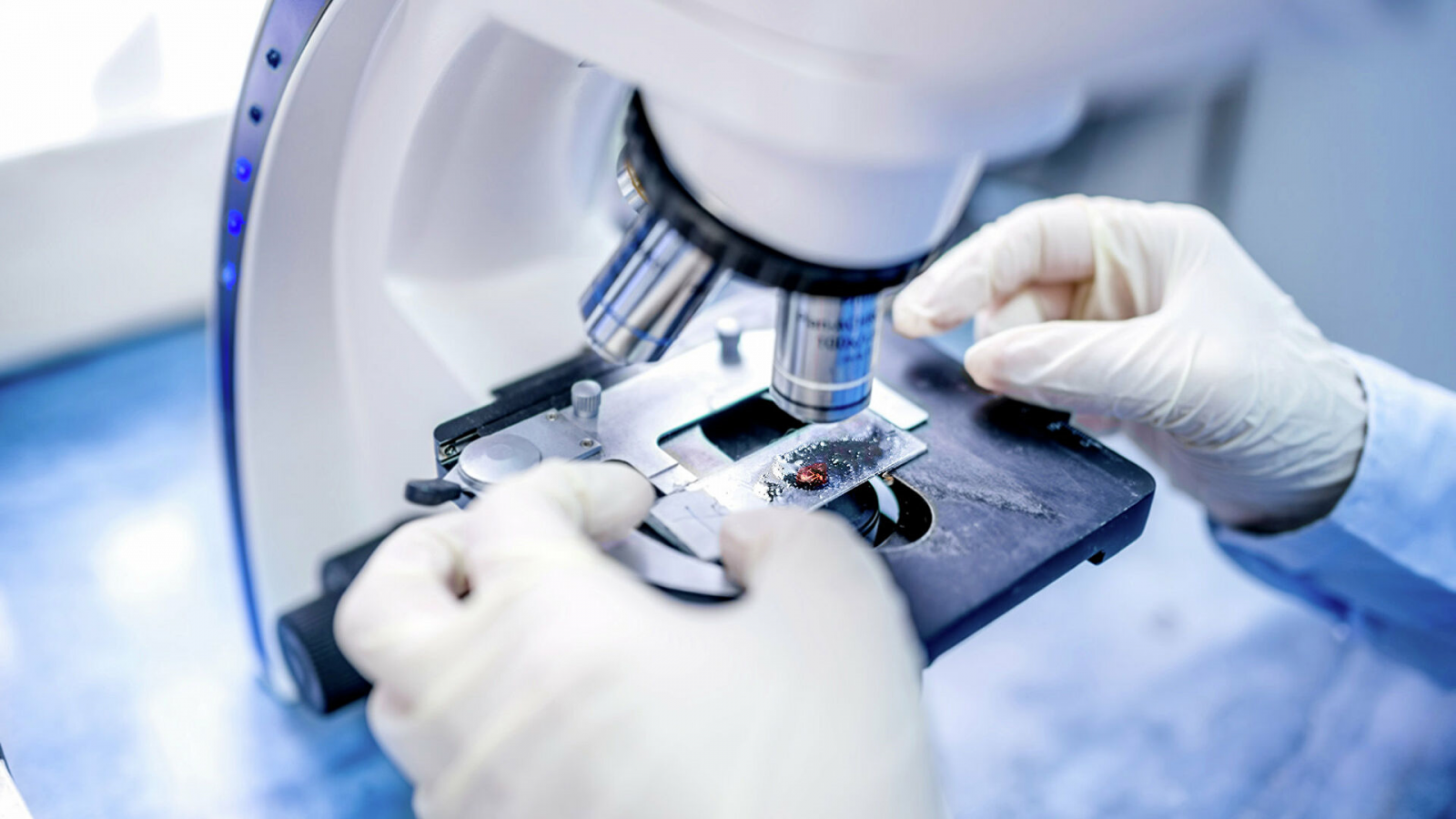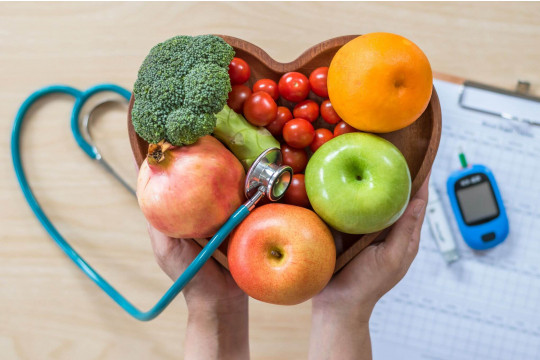
VIRTUAL EMOTIONAL SUPPORT PLATFORM TO FIGHT COVID-19
USEFUL LINK FOR DOCTORS и MEDICAL AID CARE IN COVID-19
IMPACT OF COVID-19 ON HUMAN RIGHTS IN UKRAINE (English original report)
It is known that the new coronavirus is transmitted drip and contact paths. They cannot be infected through parcels from China or fruit, at the same time he is the same real as ordinary flu. Public health center reminds of ways of transmitting this virus and ways to protect against it.
The contact path prevails when the virus gets on the mucous membranes of the nose, eyes by arms or other items (handkerchief, gloves) after touching objects (animals, meat, fish, door handles, handrails), contaminated (contaminated) highlights with the respiratory tract of the patient or infected.
A droplet path of a virus carry-over from a person to a person during coughing or sneezing in close contact when drops with a diameter of more than 5 microns are formed. Coronaviruses are not able to maintain infectogenicity (infectiousness) during transmission to long distances. Therefore, a close contact is considered to be a distance less than 1 m, although some scientists allow transmission (under certain conditions) to 2 m.
Airborne carry-over path of a virus from person to person through aerosol particles (up to 5 microns), which can freely fall into alveoli and bronchioles (lower respiratory tract). This path of transmission and infection is not characteristic of coronaviruses, although it is possible under certain conditions - for example, during procedures to form an aerosol. These include only medical procedures - bronchoscopy, tracheal intubation, trachesticking reservation in a patient who is on artificial ventilation of the lungs, and the like. Therefore, for most people, this path is not terrible.
So, how do ordinary citizens prevent infection of new coronavirus?
1. Do not touch the surfaces potentially contaminated virus, in particular to animals, in regions with identified cases of infection.
Washing hands with soap:
• The duration of the procedure is 20-40 s;
• Water should be warm (comfortable temperature), not cold or hot;
• Mandatory procedure if the hands are apparently contaminated, after coming from the street, before meals, after visiting the toilet, if there is no antiseptic for hands;
• Hand processing with alcohol-containing antiseptic:
• alcohol-containing antiseptic for hands - a solution with an alcohol content of 60-80% or with 2% chlorhexidine (other means implementing an "antiseptic for hands", such as chamomile infusion or solutions with a 40% alcohol content, are not)
• The antiseptic should cover the entire surface of the skin of the hands (on average, 3 ml of solution should be used for one processing, and this is 24-27 "PSHICS" with a pocket dispenser, so it is recommended to simply pour it into the palm)
• Duration of processing - about 30 s;
• Pay special attention to nails (more dirt accumulates there)
• mandatory procedure for any contacts with (potentially) contaminated objects;
• In case of frequent antiseptic use, use the hand cream to avoid drying and forming skin cracks;
• Control the access of small children to the antiseptic (it contains alcohol and toxic to intake).
3. Avoid clusters of people.
4. If you get sick, stay at home and consult a doctor.
5. Use a protective mask:
• Be sure to - if you get sick and have respiratory symptoms (cough, runny nose)
• If you are in places of great accumulation of people - for additional protection.
Use the mask correctly:
• It must cover the nose and mouth;
• It must fit tightly, without deviations at the edges;
• Replace the mask as soon as it has become wet;
• Do not touch the external part of the mask with your hands, and if you touched, wash your hands with soap or treat with alcohol-containing antiseptic
• Replace the mask that 4:00;
• Do not use the mask again.
In accordance with the guidelines of WHO and CDC, in case of detection of the pathogen with unknown or insufficiently known properties, primarily transmission and infection, medical workers should use personal protective equipment to prevent the infection by all paths (contact, drip and air).
It is useful to familiarize yourself with:
WHO and health authorities around the world are taking measures to curb the COVID-19 outbreak. Separate categories of the population, in particular, people with disabilities may experience a greater effect of COVID-19. This influence can be mitigated if the key stakeholders introduce appropriate actions and protective measures.
It is necessary to take measures to ensure that people with disabilities can always gain access to the necessary medical services, water supply and sanitation services, as well as public health information, including during the COVID-19 outbreak.
For people with disabilities, the risk of COVID-19 infection may be higher, given the following factors:
• barriers to observing the basic hygiene measures, such as handwashing (for example, hawk, shells, or water supply pumps can be physically inaccessible or face can be physically difficult to thoroughly rub his hands);
• problematic compliance with the social distance due to the need for additional support or stay in institutional institutions;
• the need to concern items to obtain information from the environment or for physical support;
• barriers to prevent information on public health issues.
Depending on the concomitant diseases, for people with disabilities, in the case of infection, the risk of a more severe course of COVID-19 increases. This may be due to:
• the fact that COVID-19 complicates existing health disorders, especially associated with respiratory function, functioning of the immune system, cardiovascular disease or diabetes;
• The existence of barriers to medical care.
The disproportionately high effect of the outbreak on people with disabilities can also be explained by serious interruptions in providing services to which they rely.
The barriers faced by people with disabilities can be reduced if the key stakeholders take appropriate actions.
Each person with disabilities and members of his household should adhere to WHO's recommendations relative to basic protection measures during the outbreak of COVID-19 [1]. If you find it difficult to perform these basic protective measures (for example, you do not have the ability to use the washbasin / sink / pump of water supply to regularly wash your hands), together with family, friends and trustees, determine possible adaptations. Moreover:
• Avoid places of large cluster of people as much as possible and try physical contact with other people. Suggests to attend the necessary institutions outside the peak periods. If they offer special hours for people with disabilities, attend them now.
• Make online shopping or by phone or ask for the help of family members, friends or guardians to avoid the need to be in the places of large cluster of people.
Make a plan to ensure the continuous provision of care and support you need
• If you rely on trustees, moderate us to expand the circle of persons you can contact, when one of them or more illustrate or will have to isolate.
• If you organize the help of trustees through the agency, ask what emergency measures do not intend to solve the potential problem of the lack of workers. It is worth finding out with relatives and friends, what additional support they can provide, and discuss the development options in which you may need to contact them.
• Determine the appropriate organizations in our community where you can contact if assistance is required.
Prepare members of your household to a possible situation when you get sick COVID-19
• Take care of the members of your household, including friends and relatives who you trust, owned all important information that is useful in the event of your disease. It may be information about your medical insurance, medicines that you accept, and how to take care of any of your dependents (children, older parents or domestic pets).
• Make sure that all members of your household know what they should do if you have infected COVID-19 or need help.
• If they are not yet familiar, we introduce each other people who are included in your network support so that in case of your ailment, they can communicate with each other.
• You need to know the phone number of relevant telemedicine services [2] and "hot" lines in case you have any questions or if you need indispensable medical care.
Mental and physical health of household members and trustees
• Ensure that all members of your household and trustees adhere to basic protection measures from COVID-19 infection.
• Perform WHO's recommendations to maintain mental health and recommendations on the conduct of existing non-infectious diseases during the outbreak of COVID-19 [3] [4].
• Encourage children with disabilities to continue to play, read, learn and maintain contact with friends using phone calls, text messages or social media.
• If someone from the members of your household appeared the symptoms of the virus, this face is necessary to isolate, tell her to wear a mask and how quickly testing is tested. Disinfect all surfaces and monitor the health status of all members of the household to identify symptoms. If possible, anyone who has a concomitant disease or reduced immunity must be translated into a separate place before the completion of the isolation periods.
"HOTLINE" PHONES:

(с) 2024